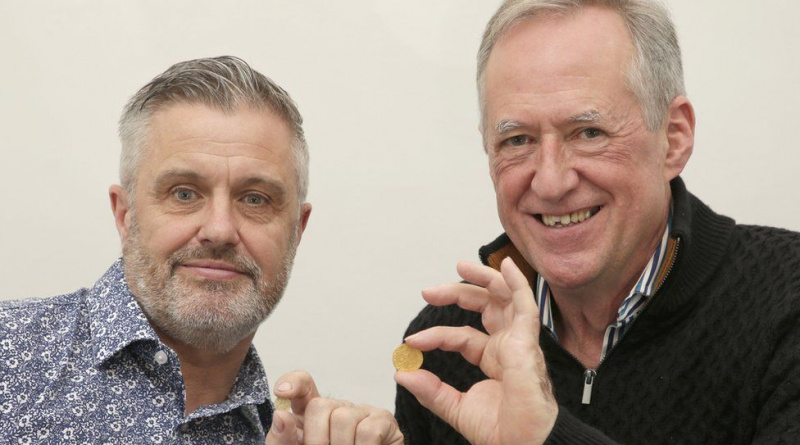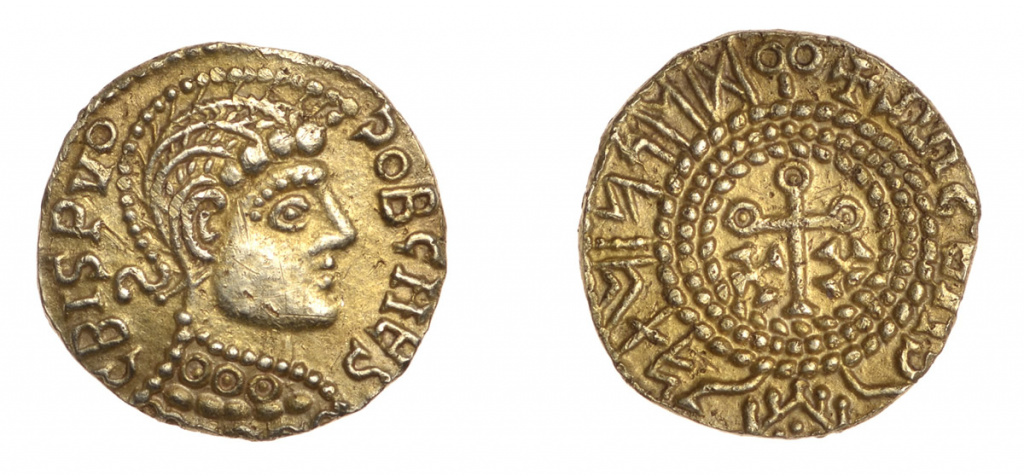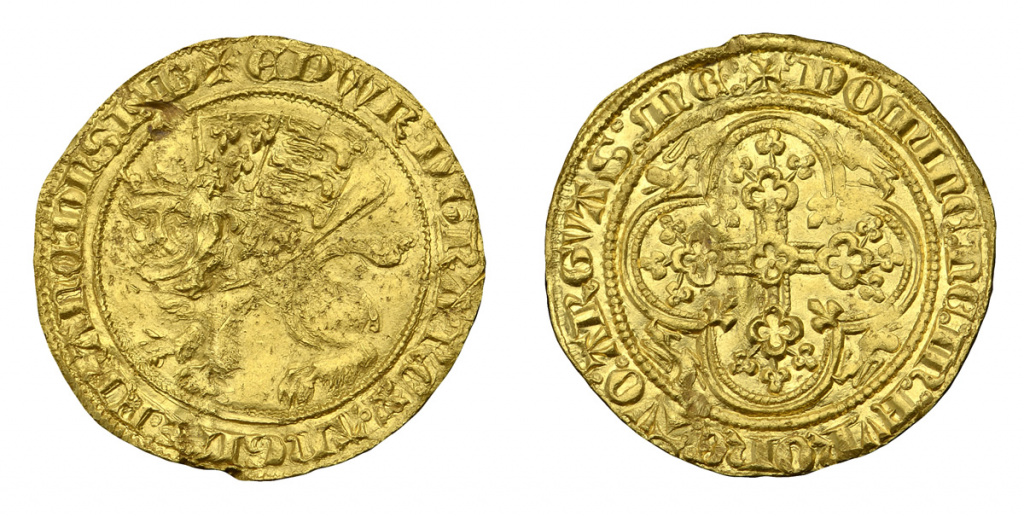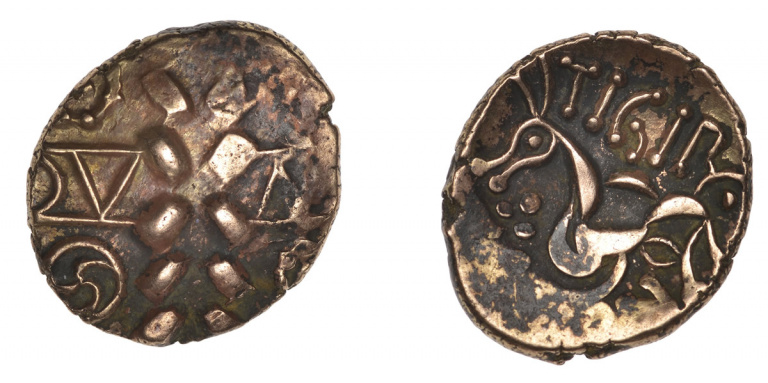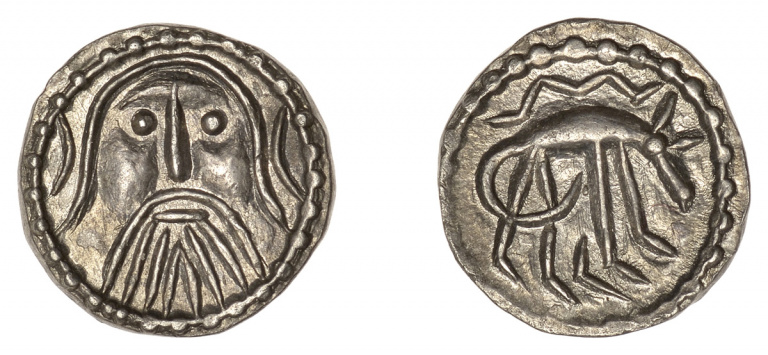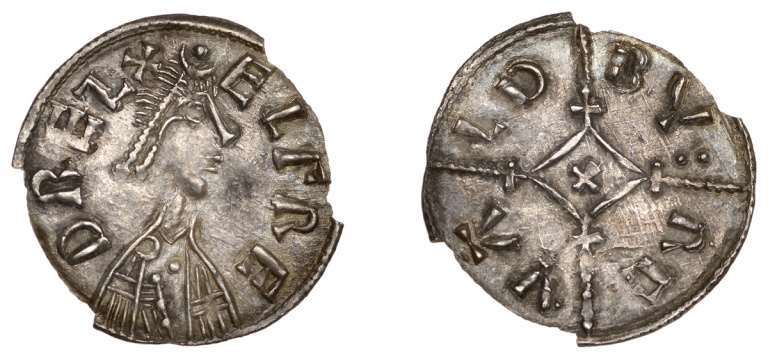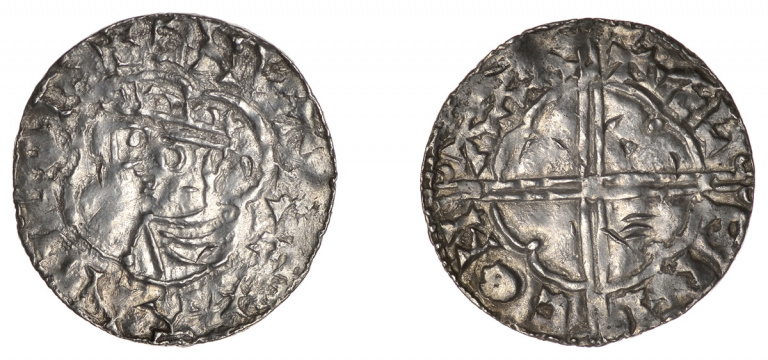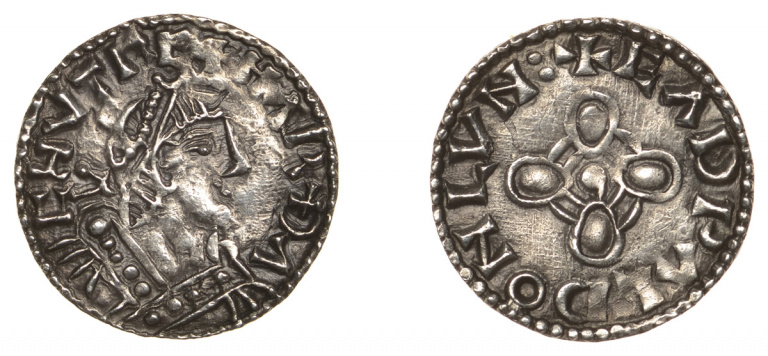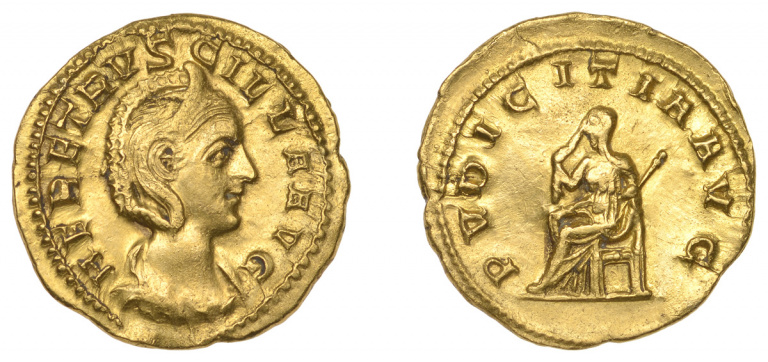DNW sell rare detecting finds
DNW sell rare detecting finds
DNW held an auction on 8/9 March 2022 of coins, tokens and historical medals. The full catalogue can be found here. There is a buyer’s premium of 24% (plus VAT) on the hammer price.
The auction features three important recent detecting finds with the star amongst those being the gold Leopard of Edward III.
Featured Lots
A detecting find from January 2022. You can read about the find in Gold thrymsa which was found in January for sale
The coin dates to c 650 -670. However, the design is based on a coin of Crispus, a Roman emperor from the 4th century . The legend includes Runic text which translates to Delaiona. This was once thought to be a mint signature for London but is now considered to refer to the moneyer.This is only the ninth example of this type and it is in excellent condition.
The detectorist who found it was Mark Pallett. After the auction he said “I am truly overwhelmed by the price that the coin achieved and am pleased for myself and the farmer who will get half of the proceeds. I did think about buying a new detector with the money but I don’t think that there’s anything wrong with my current one as it helped me find this wonderful coin!”
This extremely rare and important gold Leopard of Edward II was found at a detecting rally on 19 October 2019 in Norfolk. You can read story of the coin and the find at DNW to sell gold “leopard” coin found in 2019 for over £100,000.

The coin was found by Andy Carter. Following the sale, Andy, a 65-year-old retired research scientist from Norwich, said: “This has been a very long two and a half years since I found the coin and I can’t believe that the day is actually here. Before the coin sold my mouth went very dry and I am delighted how well it sold. This is a life-changing amount of money and I will share with the landowner, but my partner would like a new kitchen and I have always dreamt of getting a Land Rover Defender, not sure where I will park it though“
Edward VI shilling were issued in Dublin in 1552, as shown by the MDLII in the legend. This issue continued the policy of his father, Henry VIII, of issuing debased coinage. When Elizabeth I came to power in 1558, she sought to restore confidence in the coinage by increasing the fineness. In 1561, these Irish shillings were countermarked with a greyhound to indicate that they had be revalued to 2¼d, an 81% reduction in value.
A distinguishing feature of these coins is that the lettering is very neat, due to the use of small letter punches. However, although the die was good, most of the coins were weakly struck. Hence, the auctioneer saying that this example is “in outstanding condition both for the type and for the countermark“.

